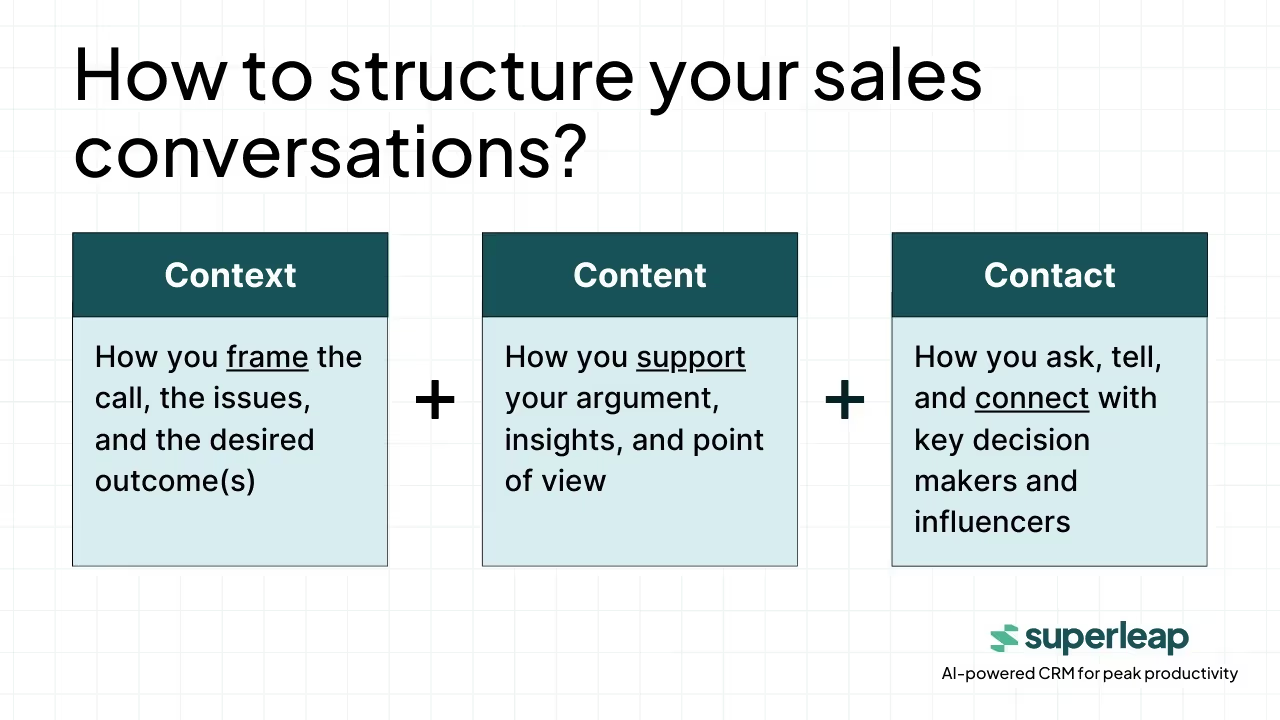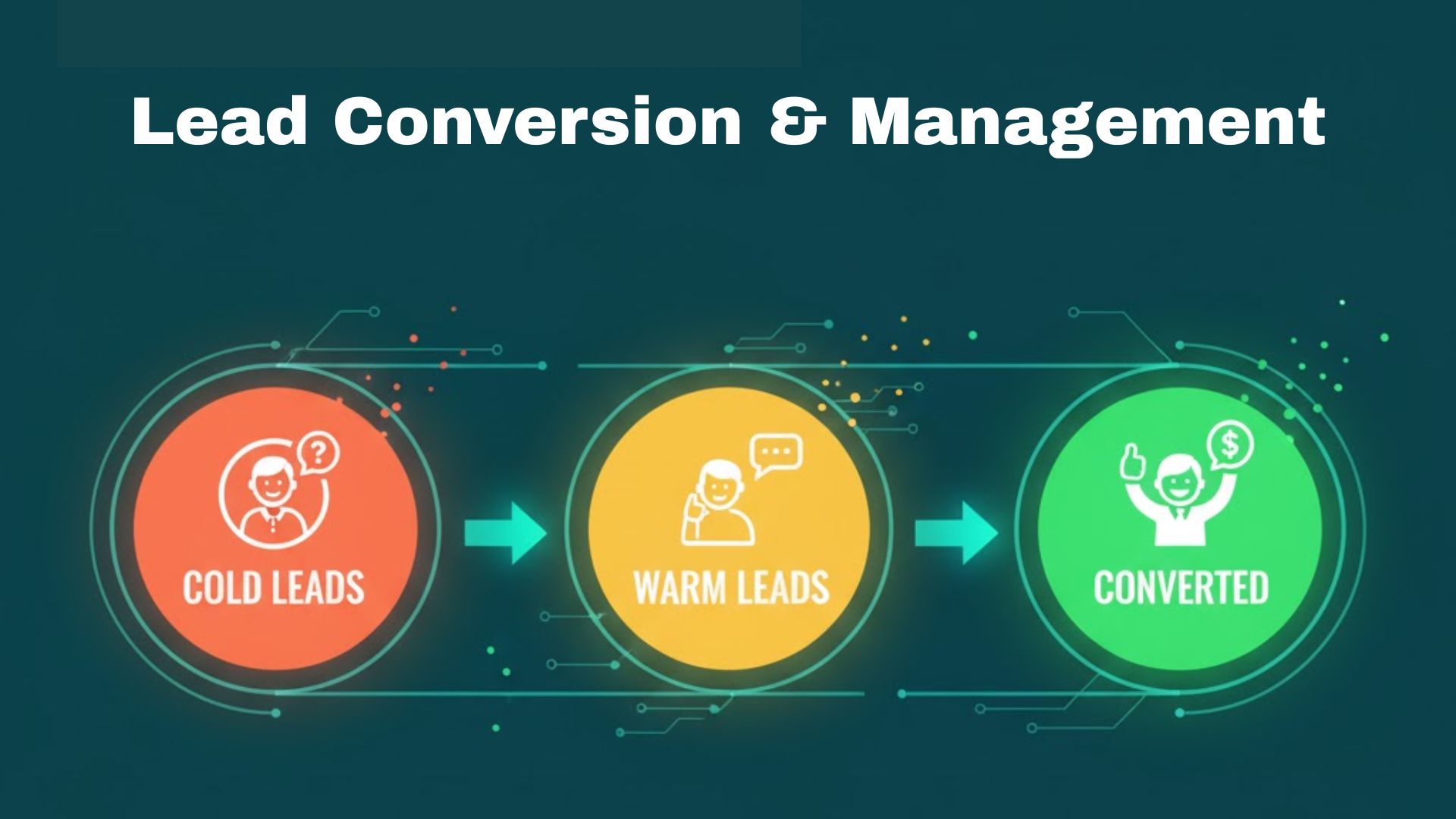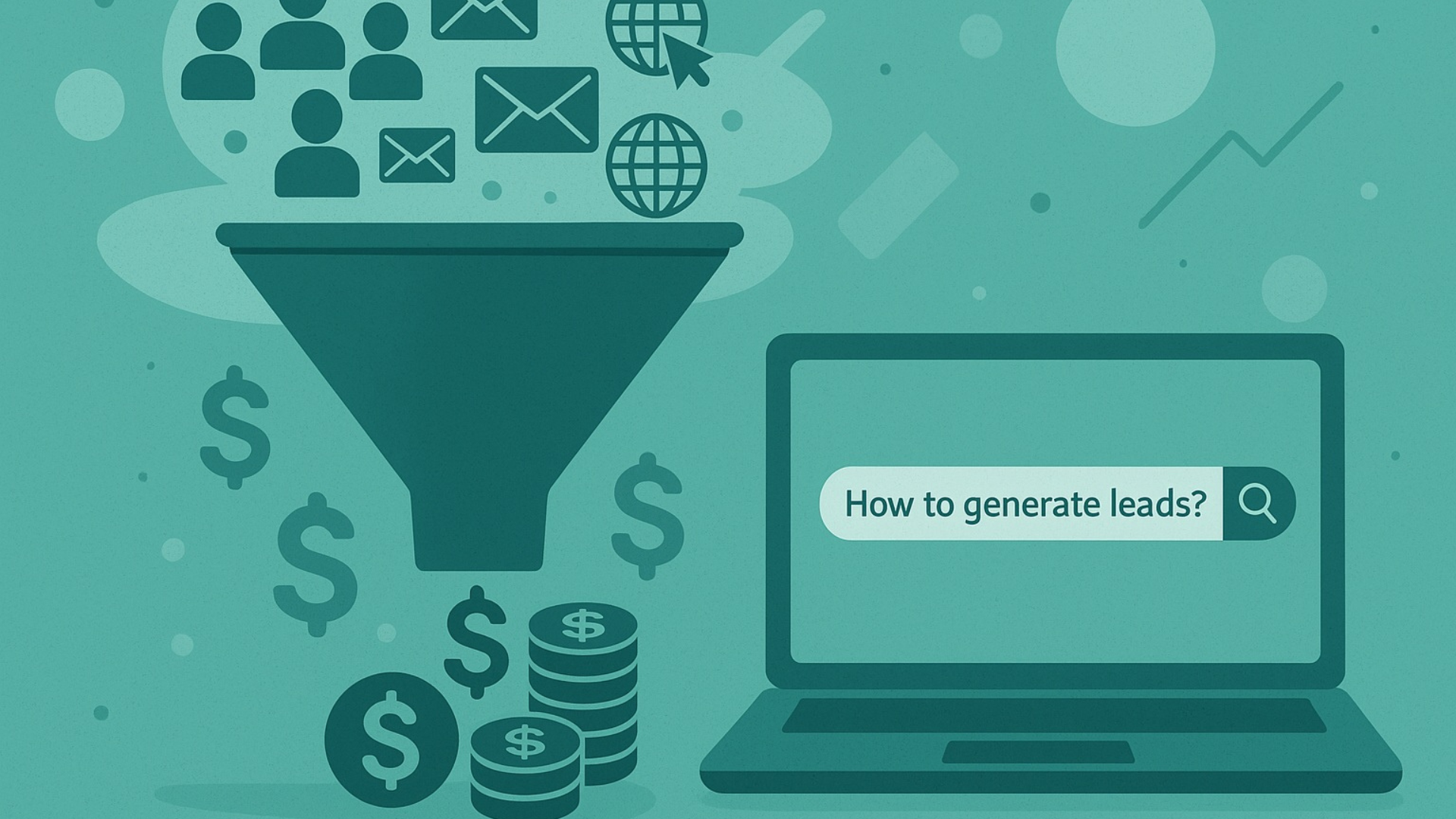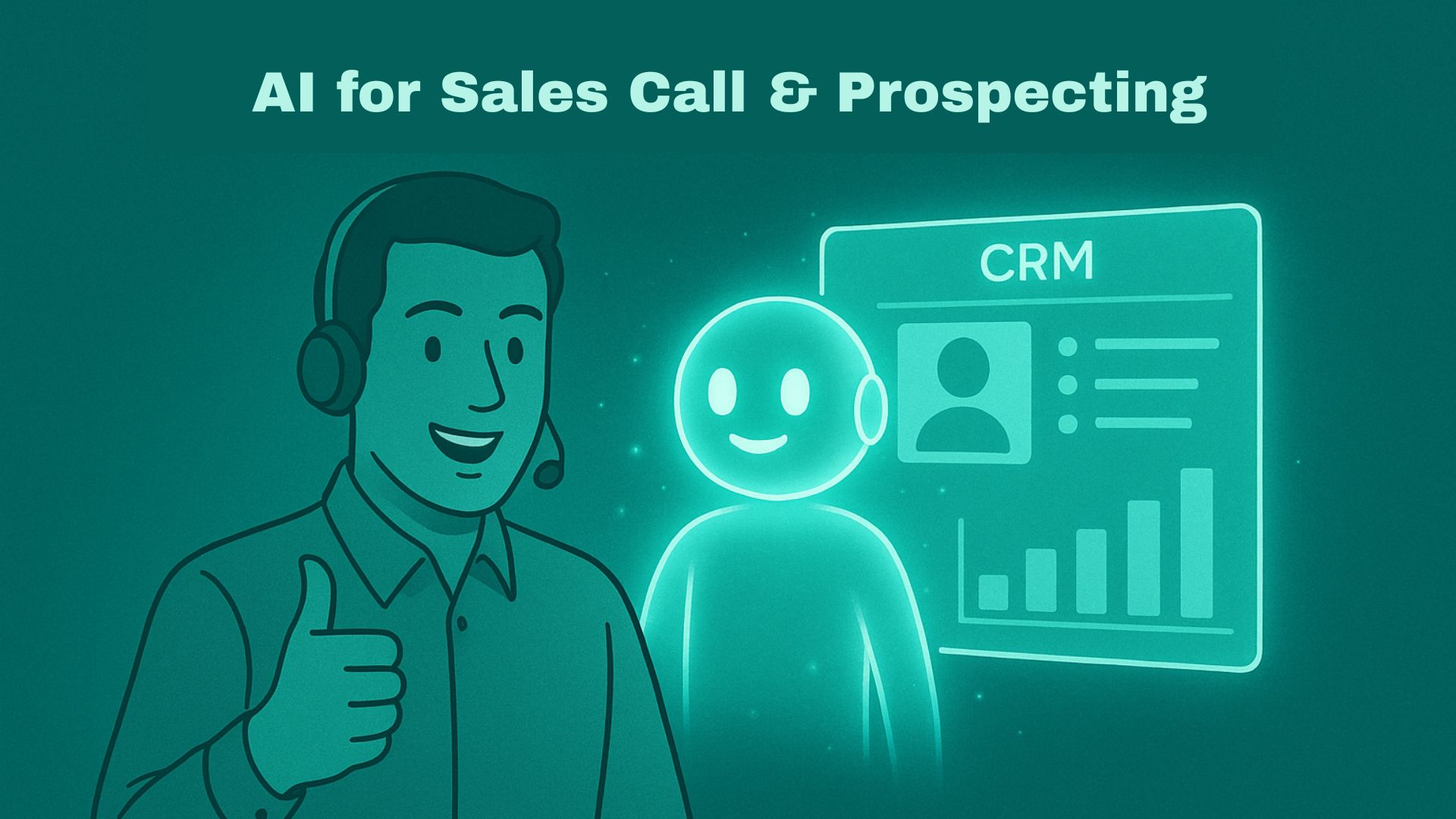

Sales is a highly competitive department. You’re competing internally with your colleagues and externally with your company’s competitors.
This immense pressure makes closing deals even harder. Other common issues include price objections, irrelevant product offers, or stiff competition.
The good news is that you can easily solve these issues. By taking a data-driven and customer-centric approach, you can increase your sales.
Also, we believe that everybody, from sales directors to frontline sales executives, has a role to play in increasing sales. So, to know how to increase sales, you must explore strategies for each role — and revisit your sales funnel.
In this blog, we explore proven strategies for boosting sales. From setting clear sales targets to handling objections with finesse, we’ll explore effective sales strategies for sales professionals at every level.
Let’s dive in.
What is a sales strategy?
A sales strategy is a structured plan that outlines how your business will market and sell its products or services to achieve specific sales goals. It directs the sales team to target customers and maximize revenue.
Types of sales strategies to improve sales:
- Inbound sales: Attracts customers by offering valuable content and experiences, leading to higher-quality leads
- Outbound sales: Actively reaches out to prospects via cold calls or emails, generating leads quickly
- Consultative selling: Focuses on understanding customer needs and providing tailored solutions, building stronger, long-term relationships.
- Solution selling: Identifies customer problems and presents a product as the solution
How to increase sales with proven strategies?
In any company, sales teams are divided into a hierarchy of directors, managers, and executives. Each of them has a dedicated role to increase sales. Here are the top sales strategies that each of these sales personnel can use to increase sales:
Strategies for upper management:
Set and track sales targets
Setting effective sales targets is a foundational task for top management to increase sales. It directs the overall strategy and ensures that the team stays focused on measurable outcomes.
Here’s how top management can set up sales targets:
- Assess historical performance: Begin by analyzing past sales data to identify patterns in performance, revenue growth, and customer behavior.
- Use market research and forecasting: Consider external factors such as market trends, customer demand, and competitor performance.
- Align targets with company goals: Ensure sales targets align with the business objectives. For instance, if the company aims to increase market share, the sales targets should focus on customer acquisition and territory expansion.
- Incorporate sales team capacity: Top management must assess the sales team's size, skills, and bandwidth when setting targets. Overly ambitious targets can demotivate the team, while too conservative targets can stunt potential growth.
- Break down targets: To make targets more manageable, break them down into smaller, incremental goals such as monthly, quarterly, or by-product/service lines.
- Collaborate with the internal team: When setting targets, involve middle management and sales reps. This collaboration ensures that targets are realistic and provides ground-level insights into customer expectations and sales challenges.
- Set KPIs: KPIs like revenue growth, customer acquisition cost, and sales conversion rates help track performance against the targets. By monitoring KPIs such as lead-to-close ratios or average deal size, management can identify bottlenecks or opportunities for improvement in the sales funnel.
Leverage data-driven selling
As per McKinsey, companies using data-driven B2B sales-growth engines report above-market growth and EBITDA increases of 15 to 25 percent. Let’s check out how to increase sales using data-driven selling:
- Collect and analyze customer data: Gather detailed customer behavior, demographics, and purchasing history from your CRM, website analytics, social media, and sales team interactions.
- Identify sales analysis patterns: Use historical sales data to identify trends, such as which products sell best during certain times of the year or in particular regions.
- Predictive analytics for forecasting: Implementing predictive analytics allows your sales team to forecast potential sales outcomes based on historical data and market trends. This helps set realistic targets and allocate resources effectively.
- Real-time adjustments: Track metrics like sales cycle, close rates, and revenue per sale to quickly adjust tactics and improve the process on the go.
- Personalize sales outreach: With data, your sales team can craft more personalized offers, emails, or calls. For example, if a customer recently viewed specific products or services, your sales reps can tailor their outreach to highlight those items, improving the chance of closing the sale.
Invest in customer experience
17% of customers leave after just one bad experience. Investing in customer experience (CX) is no longer optional—it's a critical strategy for driving sales growth and fostering long-term customer loyalty.
Here’s how you can invest in customer experience to increase sales:
- Understand customer expectations: Gather customer feedback through surveys, reviews, and support interactions to identify gaps in your service.
- Enhance personalized interactions: Leverage customer data to offer tailored recommendations, relevant offers, and personalized communications at every sales funnel stage.
- Optimize customer support channels: Ensure your support teams are equipped to handle inquiries across multiple channels—phone, email, live chat, and social media.
- Improve post-purchase experience: The relationship doesn’t end with a sale — it continues through your sales pipeline. Provide seamless onboarding, regular follow-ups, and proactive support to ensure customers are satisfied and continue using your product or service.
- Measure CX metrics: Regularly track indicators like NPS and CSAT — and how they influence your strategy.
Strategies for Middle Management (Sales Managers)
Upsell and cross-sell
- Reward customers for an upsell: In an upsell, your customers pay more than they originally intended, so reward them with coupons or discounts on their next purchase, freebies, etc.
- Use customer data to personalize offers: Leverage CRM tools to identify patterns and tailor upsell and cross-sell product sales offers that align with customer needs. For example, if a customer frequently purchases specific equipment, offering an upgrade (upsell) or complementary accessories (cross-sell) becomes easier and more relevant.
- Incorporate into sales training: Teach reps to ask probing questions, identify customer pain points, and recommend products that enhance the original purchase. Make sure your team knows which products to bundle or upgrade based on specific customer profiles.
- Map Complementary Products: Sales managers should create a “product map” that pairs primary products with complementary or premium options. This helps sales reps make quick, relevant suggestions and improves customer satisfaction by offering solutions that add value to their purchase.
Collaborate with marketing to qualify leads
Over 50% of the leads for most companies come from content marketing, especially SEO. But up to 40% of all leads generated are not ready to buy. That’s why sales managers need to collaborate with marketing to narrow down high-quality leads so they can focus maximum efforts on converting them.
Here’s how sales and marketing can collaborate to qualify leads to increase sales:
BANT Framework: This approach helps determine if a lead is worth pursuing by focusing on:
- Budget: Does the prospect have the financial resources to purchase your product or service?
- Authority: Are you speaking to the person with the decision-making power?
- Need: Does the prospect have a clear need for your solution?
- Timeline: When is the prospect looking to make a decision?
CHAMP Framework: This method prioritizes understanding the lead’s challenges first, then explores:
- Challenges: What problems is the prospect looking to solve?
- Authority: Who has the decision-making power?
- Money: Does the prospect have the budget for your product?
- Prioritization: How urgent is the prospect’s need?
Lead Scoring: Assign point values based on how well a lead matches your ideal customer profile. Key criteria include: Track actions like visiting your website or engaging with emails. Find out if the lead:
- Matches with your target industry or buyer persona
- Shows active interest in your product (e.g., signing up for a demo)
Offer discounts and promotions
87% of consumers have said that a discount is the strongest motivator for them to not abandon a shopping cart. With offers and discounts, you can compel customers to buy more products and increase your sales.
Here is how you can use discounts to increase your sales:
- Give precise discounts rather than roundoffs: A recent HBR research has proved that customers prefer precise discounts as promotions – down to the last decimal. This means more customers would purchase for a discount of 9.5% instead of 10%.
- Create a sense of urgency: Limited-time offers, flash sales, and countdowns can push customers to act quickly. For example, offering a 20% discount for 24 hours can drive a spike in sales during a slow period.
- Bundle products: Instead of simply discounting single items, bundle your products or offer “Buy One, Get One” (BOGO) deals to increase the average order value while still providing customers with a sense of savings.
Create a loyalty program
A loyalty program offers an excellent opportunity to build long-term relationships with customers. By offering points, rewards, or exclusive perks, you can encourage customers to choose your brands over competitors.
Here’s how you can use a loyalty program to increase your sales:
- Personalize rewards: Leverage customer data to offer personalized rewards that match their preferences. For example, if a customer frequently books hotel rooms, offer them points towards a free spa session to enhance their loyalty.
- Tiered programs: A tiered loyalty program motivates customers to make larger purchases and creates a sense of exclusivity for higher-tier members. This is common in sales agreement loyalty terms — motivate larger purchases and reward exclusivity.
- Make it easy to use: Allow customers to easily track their points and redeem rewards through an app or website.
- Incorporate social sharing: Encourage customers to share their purchases or loyalty milestones on social media by offering bonus points or rewards. This increases engagement and serves as free marketing for your brand.
Strategies for Business Development Executives (Sales Reps and Ground-Level Salespeople)
Leverage customer feedback
Sales reps can leverage customer feedback to refine their approach — a key principle in sales psychology.
Here's how sales reps can use customer feedback to increase sales:
- Listen actively to improve sales conversations: Use customer feedback to refine their pitch and tailor their conversations to address the specific pain points of potential customers.
- Use feedback to improve product knowledge: Customer feedback often reveals insights about how products or services are being used in real-world settings. Sales reps can share this information with their teams to improve their understanding of how the product solves specific customer challenges, and improving team’s overall sales skills and training.
- Identify cross-selling and upselling opportunities: Feedback often uncovers additional needs or challenges that weren’t initially discussed. Sales reps can leverage this information to suggest additional products or services.
- Enhance customer retention: Feedback is a vital tool for understanding what keeps customers coming back and what might drive them away. Use this information to improve retention strategies, ensuring that customers remain loyal and satisfied by addressing concerns early.
Provide personalized product offers
With personalized product offers, you can meet individual customer preferences; sales reps can enhance the overall buying experience.
Here’s how personalized product offers help you increase sales:
- Leverage customer data: Sales reps can use data such as purchase history, browsing behavior, and customer demographics to create personalized offers.
- Segment your audience: Group customers based on common characteristics like interests, buying patterns, or location. This allows sales teams to present offers that are more likely to resonate with each segment. This improves sales prospecting by allowing more targeted offers.
- Time the offer correctly: Personalized offers are more effective when delivered at the right moment. For example, after a customer visited a product page multiple times or made a purchase.
- Use dynamic pricing or bundles: Create personalized bundles based on the customer’s previous interactions to enhance the value of the offer. This is a tactic often used in sales operations.
How to convince customers in sales?
Recent studies have shown that direct interaction with a product or service provider still has the highest likelihood of influencing a purchasing decision and improving sales for your company.
Here’s how you can convince customers to buy from you and increase sales:
Define the purpose early
Make sure the customer understands the purpose of the conversation, as both the buyer and the seller need to be on the same page.
Address the buyer’s agenda
Ask the customer what specific topics or questions they want to address — and explore how call scripts can guide the structure.
State your agenda and desired outcome
Clearly outline your goals for the meeting upfront.

Present the Outcome
Define what you'd like to achieve by the end of the call, whether it’s a purchase order, scheduling another meeting, or conducting a demo.
Leverage Content to Educate
Provide relevant and tailored content that addresses the customer's specific needs. This includes data, white papers, or case studies to support your argument.
Engage in active listening and non-verbal communication
Actively listen to the customer and respond to their verbal and non-verbal cues — this improves sales conversations.
Handling objections in sales: What are the key techniques?
To increase sales for your company, you have overcome objections. Here are some common objections that you can encounter and how you can solve them:
Heading text
Nunc sed faucibus bibendum feugiat sed interdum. Ipsum egestas condimentum mi massa. In tincidunt pharetra consectetur sed duis facilisis metus. Etiam egestas in nec sed et. Quis lobortis at sit dictum eget nibh tortor commodo cursus.
Odio felis sagittis, morbi feugiat tortor vitae feugiat fusce aliquet. Nam elementum urna nisi aliquet erat dolor enim. Ornare id morbi eget ipsum. Aliquam senectus neque ut id eget consectetur dictum. Donec posuere pharetra odio consequat scelerisque et, nunc tortor.
Nulla adipiscing erat a erat. Condimentum lorem posuere gravida enim posuere cursus diam.
.svg)






